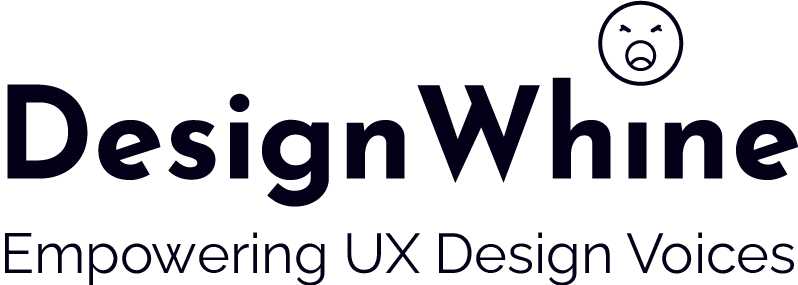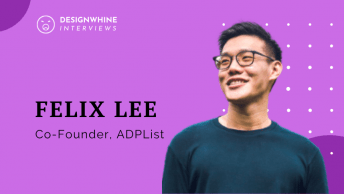Two and a half years ago, Lebanese-American UX designer Natasha Jahchan strayed from the predictable world of civil engineering to her lifelong passion for architecture; the intricate creation of digital experiences.
When did the idea of a career transition to UX come up?
Civil engineering was not my first choice in terms of career. Until I switched to UX, I was pretty conservative in terms of risk-taking. I went to Rensselaer Polytechnic Institute so that I could do both architecture and competitive basketball, which was a hard combination to find. So I went into college pretty optimistic.
I was already at a highly-regarded polytechnic school, and the closest thing to architecture was civil engineering. I was sure at the time that it wasn’t my passion, but in my mind I was just buying time until I found something else. It was something I was naturally good at, and I knew I could apply an engineering degree to a lot of different careers. My younger sister Chantal is a graphic designer and I looked to her for a lot of advice. I remember telling her when she was 17 or 18 that she shouldn’t study art in college because she wouldn’t find a job. I’m so glad she didn’t listen to me! About two years ago, she had just graduated college and suddenly was getting paid to do what she loved. That’s when I was like, ‘oh, it is possible after all.’
What were some of the struggles that you faced?
The entire process of changing careers, for anyone, is always going to be a challenge. But if you make yourself solid – you read as much as you can, you practice your skills, you build your portfolio, you polish your resumé – it just comes down to believing your own story so that you can tell it to others convincingly.
Message to UI/UX aspirants with no degree
If you are interested in becoming a designer, the first thing you will learn is not colors and typefaces. It’s the process – where to start, what to ask. The decisions we make as designers are a result of that process. So if you’re interested in UX, focus on learning how to think like a designer first, and let the rest follow.









